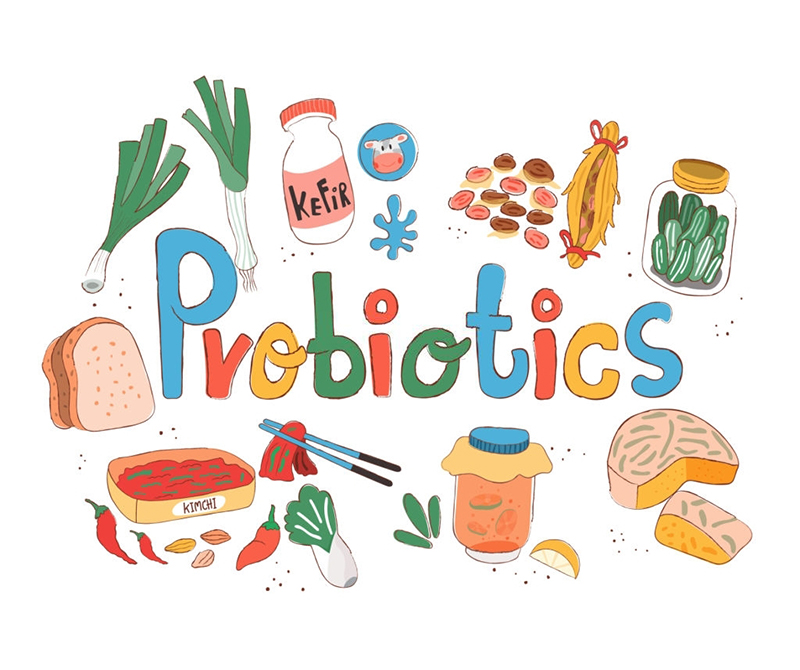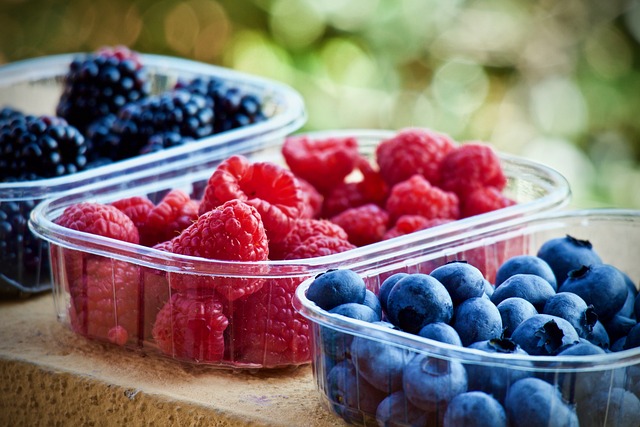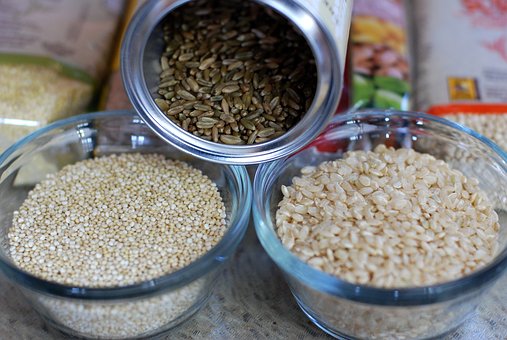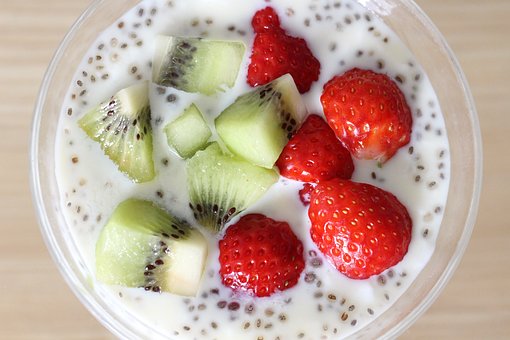Probiotics are beneficial bacteria that can support gut health and overall well-being. While probiotic supplements are popular, there are many probiotic-rich foods that can be easily incorporated into your diet. In this blog, we’ll explore some simple ways to incorporate more probiotics into your diet.
What Are Probiotics?
Probiotics are live microorganisms that are beneficial to health. They are found naturally in some foods, such as yogurt, kefir, and sauerkraut, and can also be taken in supplement form. Probiotics are believed to support gut health by promoting the growth of beneficial bacteria in the gut, which can improve digestion, boost immunity, and reduce inflammation.
Why Should You Incorporate More Probiotics into Your Diet?
Incorporating more probiotics into your diet can provide numerous benefits, including:
Improved Digestion
Probiotics can help to improve digestion by promoting the growth of beneficial bacteria in the gut. This can lead to better absorption of nutrients and a reduction in digestive issues like bloating and constipation.
Boosted Immunity
Probiotics can also support immune function by promoting the growth of beneficial bacteria in the gut. This can help to prevent the growth of harmful bacteria and viruses that can cause illness.
Reduced Inflammation
Probiotics can help to reduce inflammation in the body, which has been linked to a range of health issues, including autoimmune diseases and chronic pain.
Improved Mental Health
Emerging research suggests that probiotics may also play a role in improving mental health by reducing anxiety and depression symptoms.
Probiotic-Rich Foods to Add to Your Diet
There are many probiotic-rich foods that can be easily incorporated into your diet. Here are a few options to consider:
Yogurt
Yogurt is a popular probiotic-rich food that can be easily incorporated into your diet. Look for yogurt that contains live and active cultures, such as Lactobacillus acidophilus and Bifidobacterium lactis.
Kefir
Kefir is a fermented milk drink that is rich in probiotics. It has a tangy, slightly sour taste and can be enjoyed on its own or added to smoothies or other recipes.
Sauerkraut
Sauerkraut is a fermented cabbage dish that is rich in probiotics. It has a tangy, slightly sour taste and can be used as a condiment or added to recipes like salads, sandwiches, and wraps.
Kimchi
Kimchi is a Korean fermented vegetable dish that is rich in probiotics. It has a spicy, tangy flavor and can be enjoyed on its own or used as a condiment or flavoring for recipes like soups, stews, and rice dishes.
Kombucha
Kombucha is a fermented tea drink that is rich in probiotics. It has a slightly sweet, slightly sour taste and can be enjoyed on its own or used as a base for cocktails or other beverages.
Tips for Incorporating More Probiotics into Your Diet
Here are a few tips for incorporating more probiotics into your diet:
Start Slowly
If you’re new to probiotic-rich foods, start slowly to give your body time to adjust. Incorporate small amounts of probiotic-rich foods into your diet and gradually increase the amount over time.
Experiment with Recipes
Probiotic-rich foods can be used in a variety of recipes, from smoothies and salads to soups and stews. Experiment with different recipes to find the ones that you enjoy the most.
Choose a Variety of Foods
There are many different types of probiotic-rich foods, so it’s important to choose a variety of foods to ensure that you’re getting a range of beneficial bacteria.
Be Mindful of Added Sugars
Some probiotic-rich foods, like flavored yogurts and kombucha, can be high in added sugars. Be mindful of added sugars and choose unsweetened or low-sugar options whenever possible.
Conclusion
Incorporating more probiotics into your diet can provide numerous benefits for gut health and overall well-being. Probiotic-rich foods like yogurt, kefir, sauerkraut, kimchi, and kombucha can be easily incorporated into your diet and used in a variety of recipes. Start slowly, experiment with different recipes, and choose a variety of foods to ensure that you’re getting a range of beneficial bacteria. By making simple changes to your diet, you can support a healthy gut microbiome and promote overall health and wellness.






